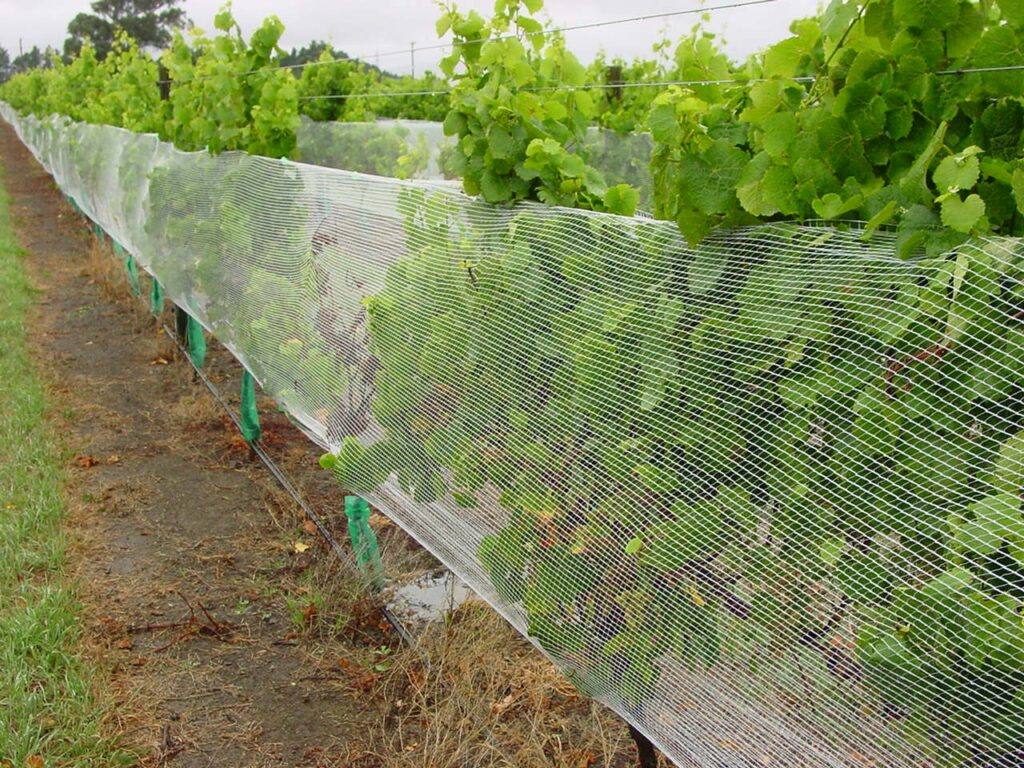Dic . 05, 2024 09:12 Back to list
Sintered Wire Applications and Benefits in Modern Manufacturing Techniques
Understanding Sintered Wire Applications and Benefits
Sintered wire has emerged as a significant component in various industrial applications due to its unique properties and advantages. This article delves into the concept of sintered wire, exploring its manufacturing process, benefits, and diverse applications across different sectors.
What is Sintered Wire?
Sintered wire is created through a specialized manufacturing process that involves the compaction of metal powders and subsequent heating below their melting point to form a solid mass. This process, known as sintering, facilitates the fusion of particles, resulting in a wire with enhanced strength and porosity. The structure of sintered wire allows for the incorporation of specific design characteristics, which can be tailored to meet the requirements of various applications.
Manufacturing Process
The manufacturing of sintered wire begins with the selection of suitable metal powders, which can range from stainless steel and copper to nickel or other alloys, depending on the desired properties of the end product. The powders are mixed with lubricants and compacted into a specific shape using a mold. This molded shape is then heated in a controlled atmosphere furnace, where the temperature is precisely regulated to enable the particles to bond without fully melting. The resulting product is a porous wire with excellent mechanical properties.
Benefits of Sintered Wire
1. High Porosity One of the defining characteristics of sintered wire is its high porosity, which allows for excellent fluid and gas permeability. This property is particularly valuable in applications such as filtration, where the sintered wire can effectively separate solid particles from liquids or gases.
2. Customizable Properties The sintering process offers flexibility in terms of composition and characteristics. Manufacturers can modify the types of metal powders used and their proportions to create sintered wires with specific attributes, such as increased strength, corrosion resistance, or thermal conductivity.
3. Strength and Durability Sintered wires exhibit superior mechanical strength compared to standard wires made from a single piece of metal. This increased durability makes sintered wire an ideal choice for demanding applications in harsh environments.
sintered wire

4. Cost-Effectiveness Despite the advanced manufacturing process, sintered wire can be cost-effective in the long run due to its long lifespan and reduced need for replacement. Furthermore, its efficiency in filtering and separation processes can lead to savings in operational costs.
Applications of Sintered Wire
Sintered wire finds utility in a variety of industries
1. Filtration Systems One of the most common applications is in filtration systems. Sintered wire filters are used in water treatment plants, chemical processing, and food and beverage industries to remove impurities from liquids effectively.
2. Aerospace and Automotive In the aerospace and automotive sectors, sintered wires are employed in components that require high strength-to-weight ratios and resistance to extreme temperatures. They are used in exhaust systems, fuel filters, and other critical parts.
3. Medical Equipment The medical field also benefits from sintered wire, particularly in the production of medical filters and implants. The biocompatibility of certain sintered metals makes them suitable for various medical applications.
4. Electronics In electronics, sintered wire is used to create components that require precise filtering capabilities, such as RF filters or inductor coils, taking advantage of its high conductivity and thermal stability.
5. Oil and Gas Industry The oil and gas sector utilizes sintered wire in various applications, including well screens and downhole filters, where durability and the ability to withstand harsh conditions are paramount.
Conclusion
Sintered wire is a versatile and valuable material that has found its way into a myriad of applications across multiple industries. Its unique properties, including high porosity, customizable characteristics, and enhanced durability, make it an optimal choice for various challenging environments. As technological advancements continue to evolve, the potential applications of sintered wire are expected to expand, further solidifying its role in modern manufacturing and industrial processes.
share
-
Stainless Steel Wedge Wire Mesh: Durable, Precision Filtration
NewsAug.23,2025
-
CE Certified 250 Micron Stainless Steel Mesh for Precision Filtration
NewsAug.22,2025
-
CE Certified 250 Micron SS Mesh - Precision Filtration & Strength
NewsAug.21,2025
-
CE Certified Woven Wire Mesh Filters | Premium Filtration Solutions
NewsAug.19,2025
-
High-Performance Particle Filters: Optimal Mediums & Applications
NewsAug.18,2025
-
Competitive Screen Mesh Price | 1/4", 1/8", 1/2" Wire Mesh Screens
NewsAug.17,2025

